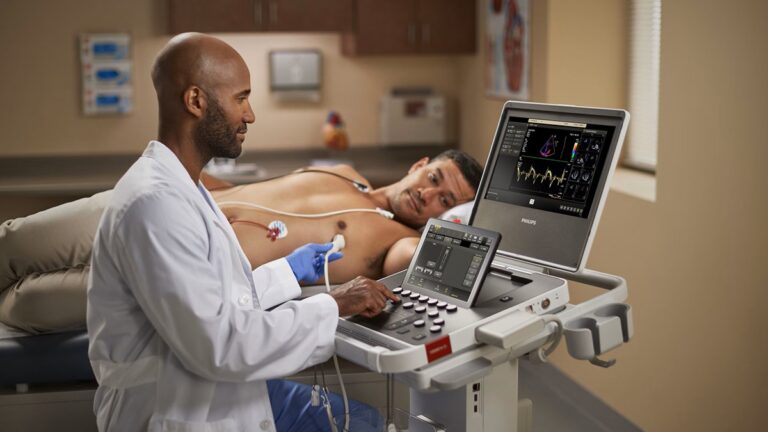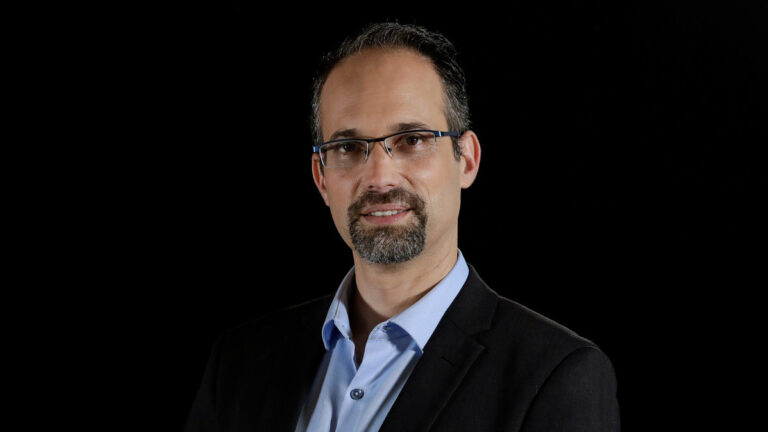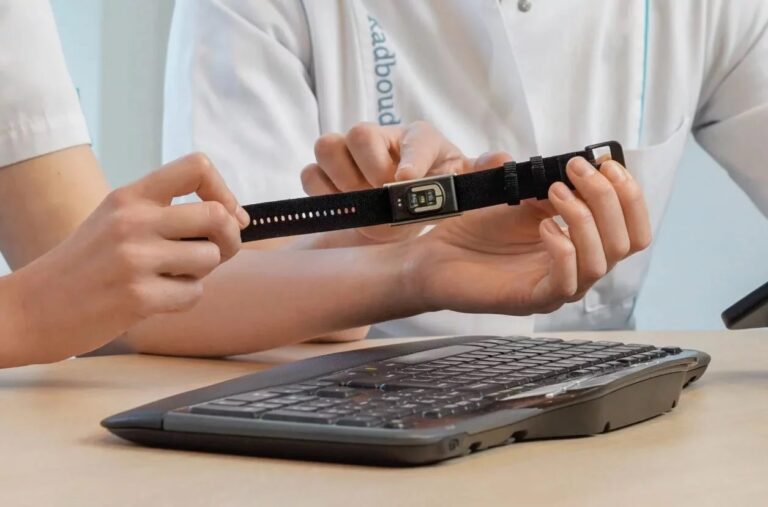This CardioInsight Noninvasive 3D Mapping System is a single-use, disposable wearable. It received FDA 510(k) clearance recently, following a predecessor system that was used in more than 1,600 patients. In addition to having the benefit of being non-invasive, the vest may also give physicians more insights, as it can be worn long enough to catch transient arrhythmias that could otherwise be missed on a one-time ECG test, Mobihealth News writes.
The vest is equiped with 252 electrode sensors that provide a wide range of electroanatomic 3D maps of the upper and lower chambers of the heart. It works by pairing body surface electrocardiogram (ECG) signals from the chest, then combining them with data from a computed tomography (CT) scan of the heart and connecting to the CardioInsight Workstation.
The vest comes in four sizes, contouring to the wearer’s body and enabling continuous, simultaneous panoramic mapping of both atria or both ventricles (something that can’t be done with the catheter method).
Enhancing patient experience
Dr. Vivek Reddy, director of cardiac arrhythmia services at Mount Sinai Hospital and consultant to Medtronic, was the first to use the device commercially. “This system shifts mapping away from the EP lab, potentially saving time and enhancing the patient experience,” Reddy states. “By offering this invasive approach, we are effectively streamlining the clinical procedure planning process for clinicians, and making it easy for patients to receive precise mapping results from their providers right at their bedside.”
“This technology – which has been in development for decades – is now poised to drive greater physician insights and new advancements in the study and treatment of infrequent, unstable cardiac rhythms in a noninvasive, patient-friendly manner,” Medtronic AF Solutions Vice President and General Manager Colleen Fowler adds in a statement.




































